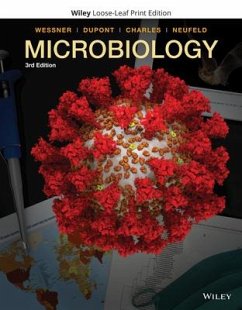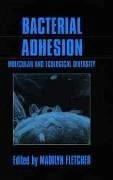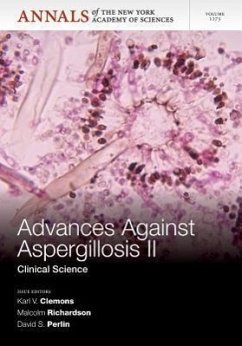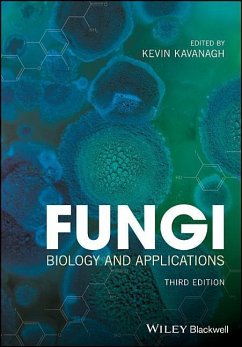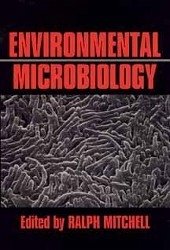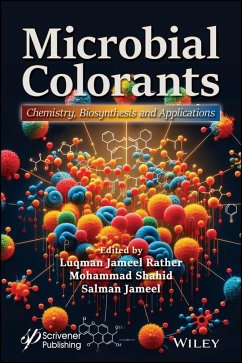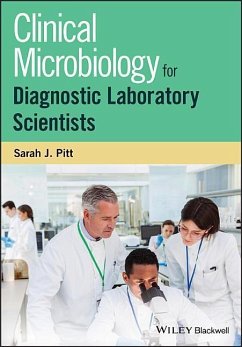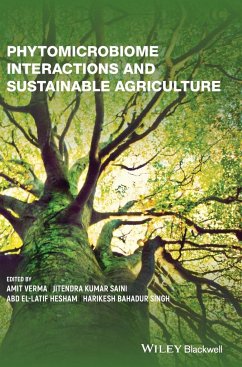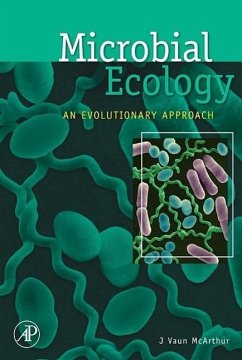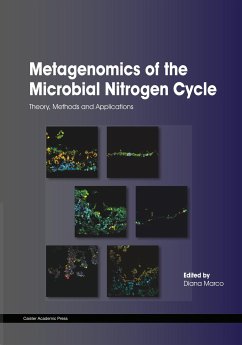Nicht lieferbar
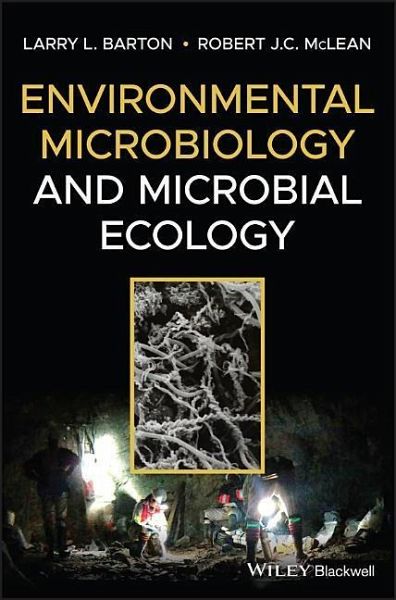
Environmental Microbiology and Microbial Ecology
An authoritative overview of the ecological activities of microbes in the biosphere Environmental Microbiology and Microbial Ecology presents a broad overview of microbial activity and microbes' interactions with their environments and communities. Adopting an integrative approach, this text covers both conventional ecological issues as well as cross-disciplinary investigations that combine facets of microbiology, ecology, environmental science and engineering, molecular biology, and biochemistry. Focusing primarily on single-cell forms of prokaryotes - and cellular forms of algae, fungi, and...
An authoritative overview of the ecological activities of microbes in the biosphere Environmental Microbiology and Microbial Ecology presents a broad overview of microbial activity and microbes' interactions with their environments and communities. Adopting an integrative approach, this text covers both conventional ecological issues as well as cross-disciplinary investigations that combine facets of microbiology, ecology, environmental science and engineering, molecular biology, and biochemistry. Focusing primarily on single-cell forms of prokaryotes - and cellular forms of algae, fungi, and protozoans - this book enables readers to gain insight into the fundamental methodologies for the characterization of microorganisms in the biosphere. The authors draw from decades of experience to examine the environmental processes mediated by microorganisms and explore the interactions between microorganisms and higher life forms. Highly relevant to modern readers, this book examines topics including the ecology of microorganisms in engineered environments, microbial phylogeny and interactions, microbial processes in relation to environmental pollution, and many more. Now in its second edition, this book features updated references and major revisions to chapters on assessing microbial communities, community relationships, and their global impact. New content such as effective public communication of research findings and advice on scientific article review equips readers with practical real-world skills. * Explores the activities of microorganisms in specific environments with case studies and actual research data * Highlights how prominent microbial biologists address significant microbial ecology issues * Offers guidance on scientific communication, including scientific presentations and grant preparation * Includes plentiful illustrations and examples of microbial interactions, community structures, and human-bacterial connections * Provides chapter summaries, review questions, selected reading lists, a complete glossary, and critical thinking exercises Environmental Microbiology and Microbial Ecology is an ideal textbook for graduate and advanced undergraduate courses in biology, microbiology, ecology, and environmental science, while also serving as a current and informative reference for microbiologists, cell and molecular biologists, ecologists, and environmental professionals.





